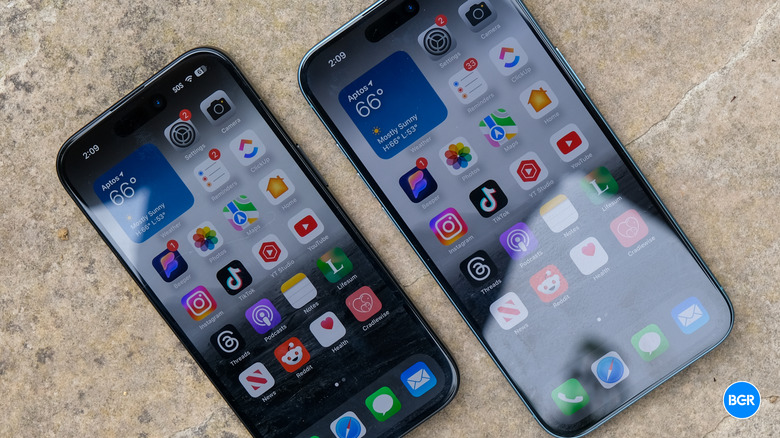Here's What You'll Give Up If You Get Apple's iPhone 17 Air Next Year
The iPhone 17 Air is the iPhone 17 model I will buy next year, assuming it's real. I've said this many times: I've reached that point in my life as a longtime iPhone user where I want a phone with a larger screen, but I don't like the bulk of Apple's current Plus and Pro Max models. My current iPhone 16 Plus has a great display, but it's too thick for my taste.
I also said I'm willing to compromise on specs for the iPhone 17 Air. I can handle a phone with a single rear camera and a battery that needs recharging every night. These are easy-to-guess tradeoffs that will allow Apple to produce an ultra-thin smartphone.
A new report gives us some of the purported specs of the iPhone 17 models, indicating the Air will share many key specs with its siblings. But the iPhone 17 Air will indeed have a few compromises that are needed to make it so thin.
Analyst Jeff Pu mentioned the specs for the iPhone 17 Air and the other iPhone 17 models in a new investor note (via 9to5Mac).
According to Pu, the iPhone 17 Air will sport a 6.6-inch display, the A19 chip built on a new N3P node, 8GB of RAM, a 48-megapixel wide camera, and a 24-megapixel selfie camera. The same front camera will be found in all four iPhone 17 models.
The iPhone 17 Air will also have a regular Dynamic Island on the front, Face ID, and an aluminum chassis.
Apple's supposed iPhone 17 Air's specs are almost identical to the base iPhone 17 model. Pu's report claims the latter will pack the expected smaller 6.1-inch screen. But the regular iPhone 17 will have an extra 12-megapixel ultra-wide camera on the back.
The iPhone 17 Pro and 17 Pro Max get the better A19 Pro chip, 12GB of RAM, and three 48-megapixel cameras on the back. That's right, the telephoto lens is also getting a resolution bump. The iPhone 17 Pros will come with the same screen options as their predecessors: 6.3-inch and 6.9-inch.
The iPhone 17 Pro Max will pack a key design differentiator. If the iPhone 17 Air has the thinnest profile, the Pro Max will rock the smallest Dynamic Island cutout thanks to the addition of metalens tech to the Face ID module.
Pu's note surprises me with the case choice for the four iPhone 17 models. He claims all four phones should feature aluminum frames, which I find puzzling. I'd expect the Pros to continue rocking titanium instead of steel or aluminum.
The partial specs sound convincing, but they're not official. Pu might be making educated guesses based on information he might have from Apple's suppliers. The analyst made similar claims about the iPhone 17 Air about a month ago.
I'll also note that some key specs are not available in the list. For example, we don't have battery capacities or storage capacities for the four models. The weight is another mysterious aspect, especially if all four phones will get aluminum frames.
The research note's more interesting claim is that the iPhone 17 Air will be 6mm thick. That would make it almost 1mm thinner than the iPhone 6, Apple's thinnest iPhone to date. I said recently that I'd be happy with an iPhone 17 Air thickness between 7.1mm and 7.3mm.
If Apple manages to create a 6mm iPhone 17 Air, I'll be even more excited to get it. So what if I lose a camera on the back, and the Dynamic Island stays the same? I'd still end up with an iPhone with a larger screen and a much thinner profile than the other iPhone 17 models.
Pu also says that the iPhone 17 Air might not be a high-volume model due to the tech compromises Apple will have to make. If accurate, I'd expect the handset to sell out quickly, perhaps as fast as the iPhone 17 Pro Max.
That said, we're still early in the iPhone 17 rumors phase. Apple still has time to change its mind on a number of things.
